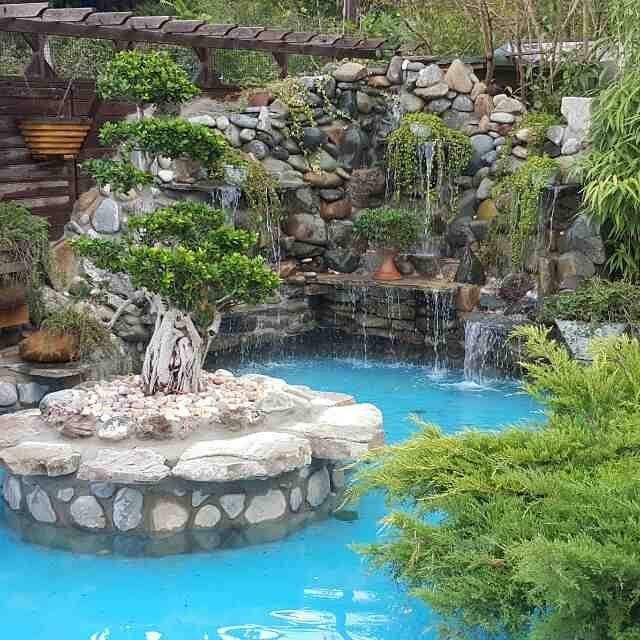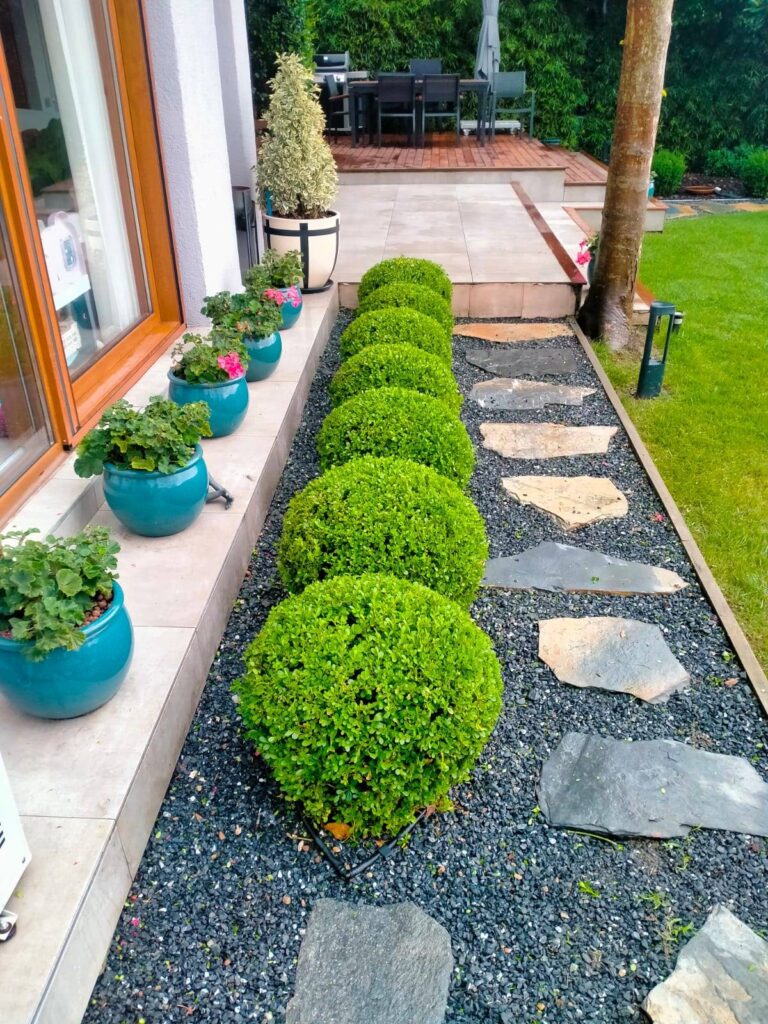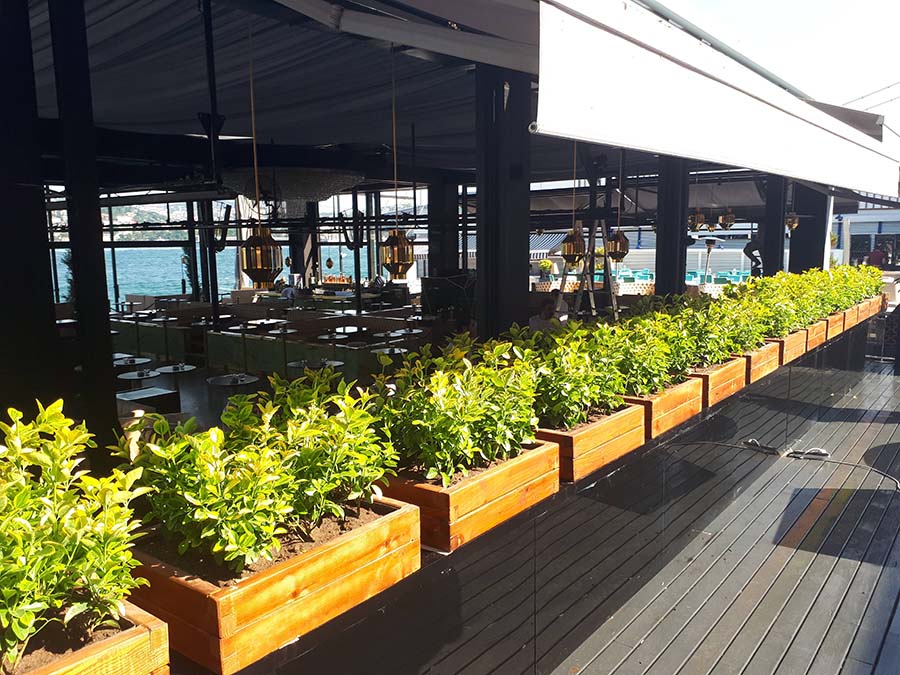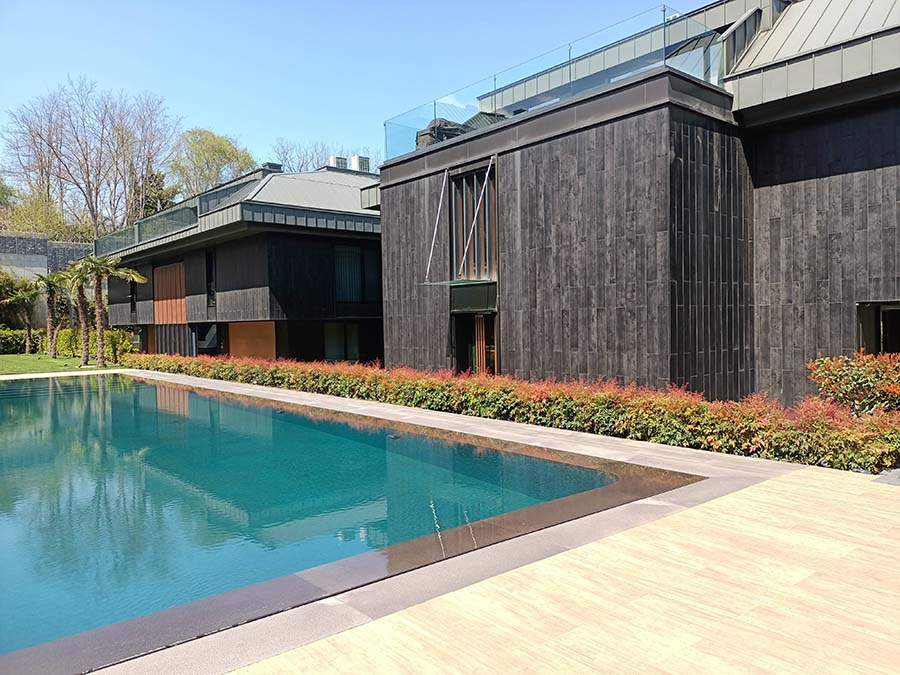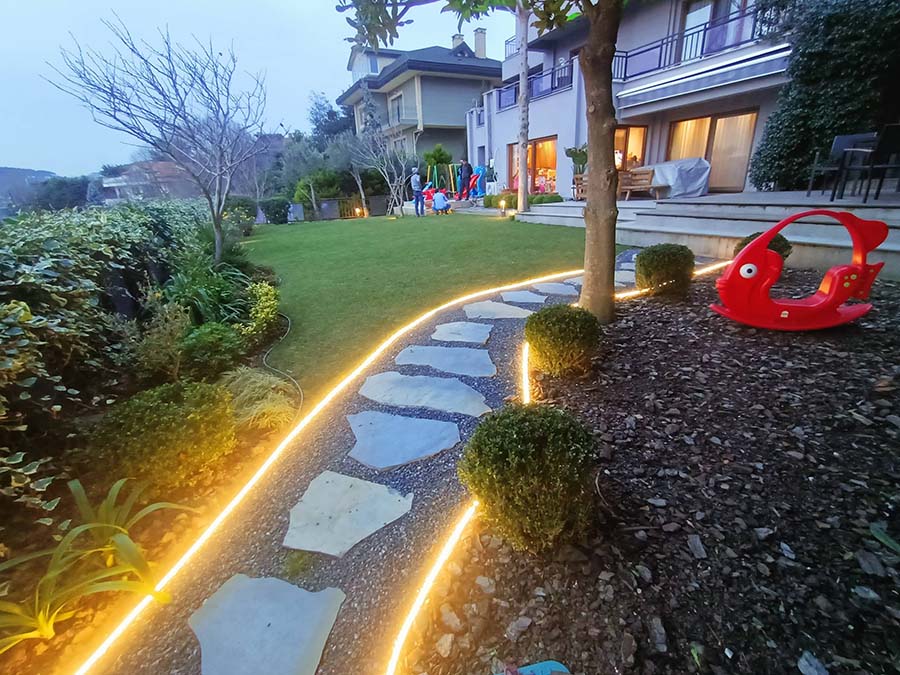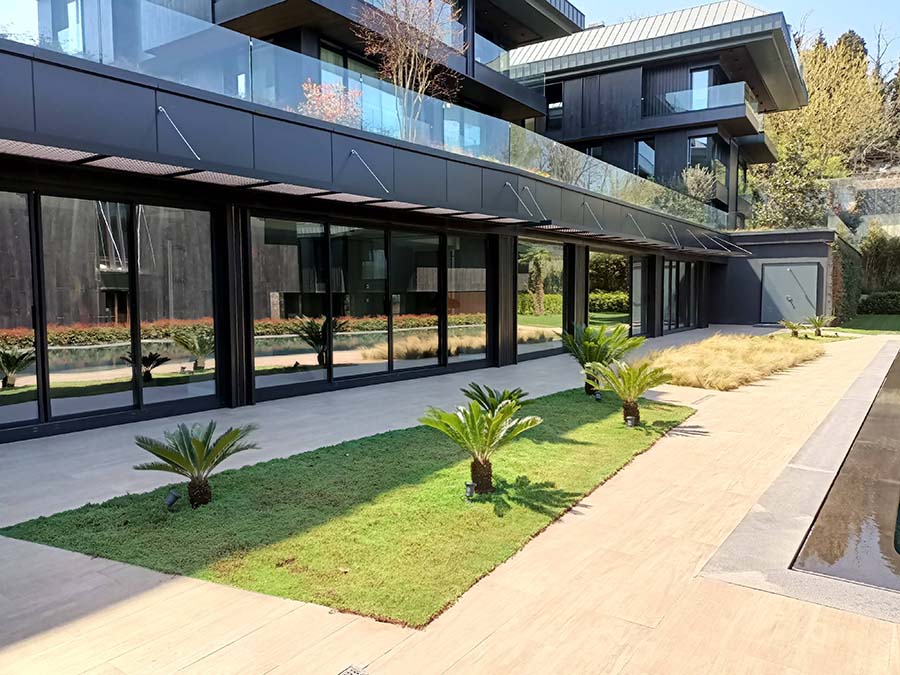Landscape Design, Project and Application
- Endemik Peyzaj
- Landscape Design, Project and Application
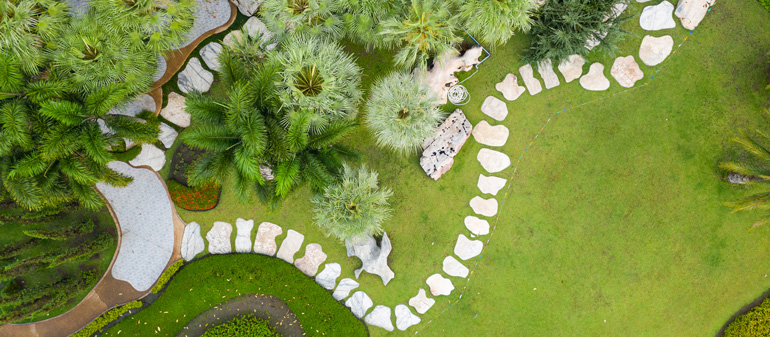
Landscape design has the power to transform spaces in terms of both visual richness and functionality. This process requires detailed planning and project management. This process, in which structural and planting design applications are integrated, covers a wide range from infrastructure to superstructure. The garden landscaping process features economical and aesthetic solutions, as well as functional applications that can be adapted to the user’s needs, by a professional team.
Infrastructure and Drainage Systems
Effective infrastructure and drainage systems underlie every successful landscaping project. The landscaping process is one of the most important parts. Water management and land use are optimized thanks to these systems, thus creating a garden landscape that is both aesthetic and practical.
Automatic Irrigation Systems
Garden maintenance is of great importance, especially in terms of irrigation management.Automatic irrigation systems optimize water consumption, saving costs and contributing tothe healthy growth of plants. These garden maintenance systems are among the technological and innovative solutions that we frequently encounter in garden landscaping examples.
Lighting Systems
Lighting is an eye-catching part of landscape design. Lighting systems used in garden landscaping ensure that the place has a lively and inviting atmosphere at night. These systems offer security and aesthetics together, illuminating every corner of the garden with an artistic touch.
Hard Landscaping and Ground Applications
Hardscape elements are critical elements of landscaping in terms of durability and aesthetics. Varieties such as rubber flooring, natural stone applications and wooden/composite deck applications offer durable solutions suitable for all types of climates and uses.
Planters and Wooden Applications
In landscape design, pots are important for the healthy growth of plants as well as adding aesthetic value. Planters in a variety of materials and designs should be considered an integral part of the landscape. Wooden applications add a natural touch to the garden with pergolas, camellias and decks.
Special Landscape Applications
Waterfall and pond applications, swimming pools and other special landscaping solutions turn an ordinary garden into the perfect getaway for relaxation and entertainment. These elements contribute to landscape design from both aesthetic and functional perspectives.
Innovative and environmentally-friendly solutions
Innovative and environmentally friendly solutions such as geoweb and sleeper applications, green roof systems and gabion applications are important parts of sustainable landscape design. These approaches reduce environmental impact while not compromising aesthetics and functionality.
Frequently Asked Questions about Landscape Design, Project and Application
Do you still have questions about Landscape Design, Project and Application?
Call Anytime
What is Landscape Design and Why is it Necessary?
Landscape design is the process of arranging open spaces in aesthetic, functional and ecological terms. The aim is to provide both visual appeal and optimize the use of space. By using natural and artificial elements in a balanced manner, spaces that increase the quality of life and are environmentally friendly are created.
What Elements Are Important for Garden Designs?
Elements such as plant selection, floor covering, drainage and irrigation systems, lighting, seating areas and decorative elements are important in garden landscaping. Planning them correctly provides both an aesthetic appearance and functional use.
How Often Should Garden Maintenance Be Done?
The frequency of garden maintenance depends on the characteristics of the garden and the climate in which it is located. It usually requires regular watering, pruning, fertilizing and pest control. Seasonal changes can also change maintenance needs.
Why is the Automatic Irrigation System Important in Landscape Projects?
Automatic irrigation systems ensure efficient use of water and help plants receive the necessary water regularly. These systems require less labor than manual irrigation and reduce the impact on the environment by saving water.

